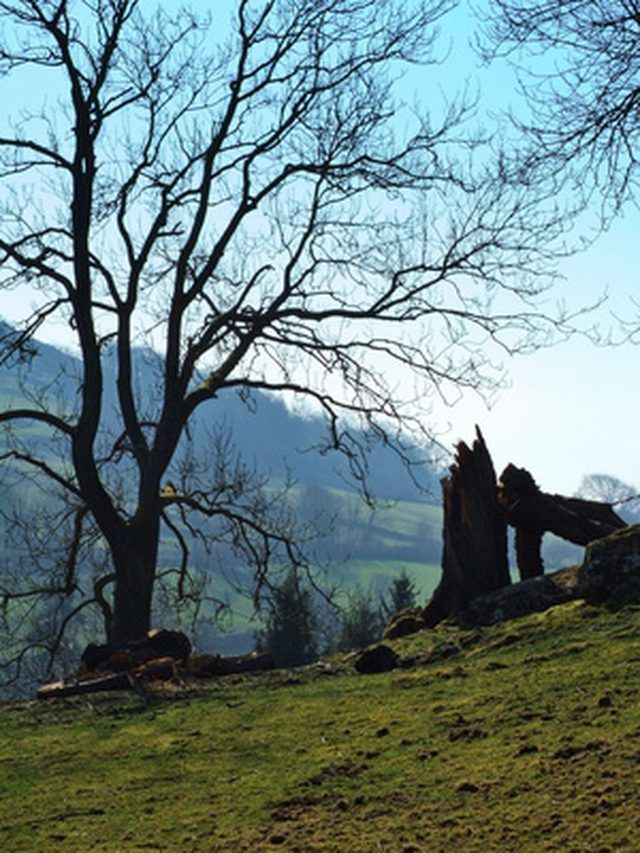Bulbs
Flower Basics
Flower Beds & Specialty Gardens
Flower Garden
Garden Furniture
Garden Gnomes
Garden Seeds
Garden Sheds
Garden Statues
Garden Tools & Supplies
Gardening Basics
Green & Organic
Groundcovers & Vines
Growing Annuals
Growing Basil
Growing Beans
Growing Berries
Growing Blueberries
Growing Cactus
Growing Corn
Growing Cotton
Growing Edibles
Growing Flowers
Growing Garlic
Growing Grapes
Growing Grass
Growing Herbs
Growing Jasmine
Growing Mint
Growing Mushrooms
Orchids
Growing Peanuts
Growing Perennials
Growing Plants
Growing Rosemary
Growing Roses
Growing Strawberries
Growing Sunflowers
Growing Thyme
Growing Tomatoes
Growing Tulips
Growing Vegetables
Herb Basics
Herb Garden
Indoor Growing
Landscaping Basics
Landscaping Patios
Landscaping Plants
Landscaping Shrubs
Landscaping Trees
Landscaping Walks & Pathways
Lawn Basics
Lawn Maintenance
Lawn Mowers
Lawn Ornaments
Lawn Planting
Lawn Tools
Outdoor Growing
Overall Landscape Planning
Pests, Weeds & Problems
Plant Basics
Rock Garden
Rose Garden
Shrubs
Soil
Specialty Gardens
Trees
Vegetable Garden
Yard Maintenance
How to Protect Pecan Trees From Squirrels
How to Protect Pecan Trees From Squirrels. Pecan trees have the ability to offer people a viable income as long as they’re well cared for and protected from outdoor pests, like squirrels. According to the University of Florida IFAS Extension, squirrels are considered the main mammal pests of pecans. Learning how to properly protect your trees...

Pecan trees have the ability to offer people a viable income as long as they’re well cared for and protected from outdoor pests, like squirrels. According to the University of Florida IFAS Extension, squirrels are considered the main mammal pests of pecans. Learning how to properly protect your trees from curious, hungry squirrels is a must if you want your pecans to stay in the best selling and eating condition possible.
Things You'll Need
Live trap
Peanuts/peanut butter and bread
Squirrel repellent
Sheet metal/tin
Nails
Wiring
Trimmers
Catch and remove the squirrels with live traps. These are humane devices that catch animals alive and uninjured. You can purchase live traps at hardware stores.
Bait the traps and place them in areas where squirrels are most active. The Kansas State University Agricultural Experiment Station and Cooperative Extension Service recommends baiting the trap with peanuts or peanut butter on bread, then setting the traps directly in the squirrels’ travel lane to ensure success.
Check the traps often, especially when the squirrels in your area tend to be the busiest in their search for food. Most squirrels are diurnal (active during the day) but some may be crepuscular (most active at dawn and dusk).
Release the captured squirrels at least a mile from your property to prevent the critters from returning and destroying your pecan trees.
Spray a proven squirrel repellent, like predator urine, around your pecan trees to keep squirrels at bay. Re-spray the repellent on a daily or weekly basis, depending on the severity of your case, and after every rain to ensure lasting success.
Wrap a large piece of sheet metal or tin, approximately 2 to 3 feet in height, around your pecan trees' trunks and secure it in place with nails or strong wiring. Sheet metal or tin is smooth and slippery and will prevent squirrels from climbing into the trees.
Keep your pecan tree branches trimmed to prevent them from connecting to other trees or objects that squirrels may use to climb or jump into the pecan trees.
Tips & Warnings
Remove all objects from around your pecan trees, like abandoned cars and wood, to prevent squirrels from gaining easy access to the trees.
Spraying an excessive amount of predator urine around your pecan trees could affect the trees' health, so use the repellent sparingly.